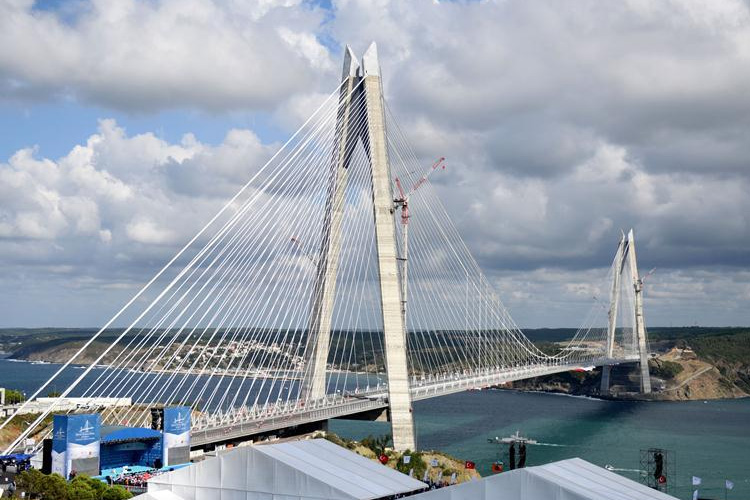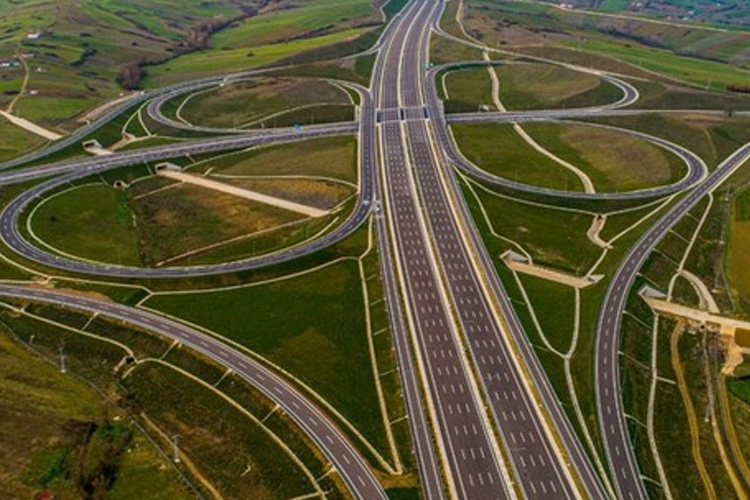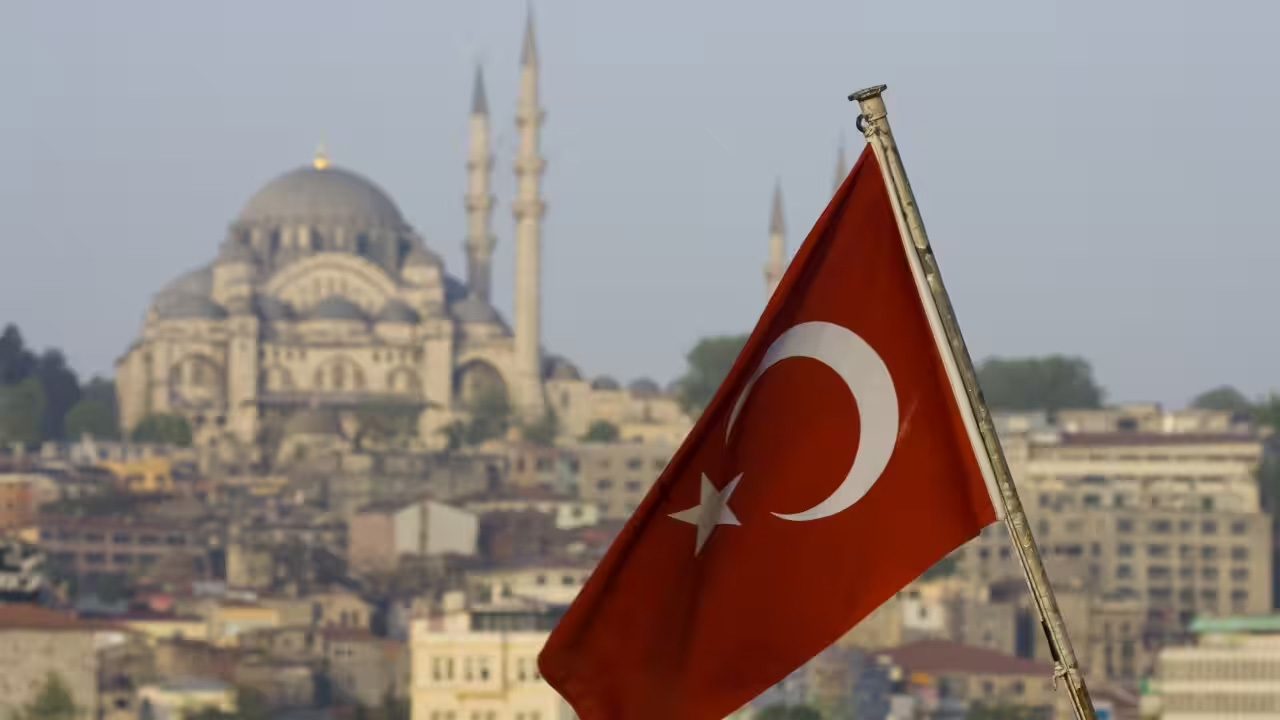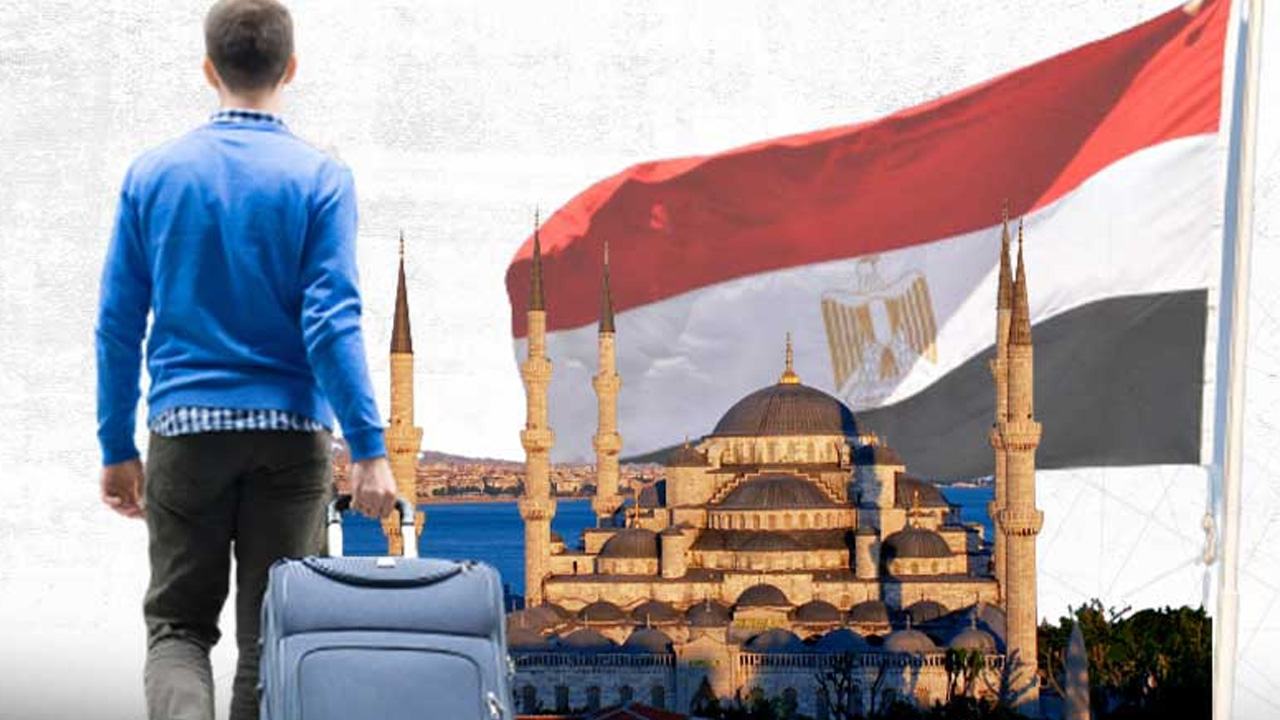Turkey has been following a clear approach for the past 23 years, since the beginning of the third millennium.
This approach involves constructing and developing infrastructure projects based on modern principles that align with its geographical nature.
particularly on the Anatolian Plateau and in the Marmara region. The infrastructure strengthens the Turkish economy and catalyzes more investments in Turkey.
Understanding the Concept of “Infrastructure”:
- Infrastructure refers to organizational structures for societal operation and accompanying public services that contribute to the development of a country’s economy.
- It encompasses interconnected structural elements that provide frameworks supporting overall development.
- The term usually refers to technical structures supporting society, such as roads, bridges, tunnels, airports, medical, educational, and economic facilities.
- water resources, sewage systems, electric grids, and remote communications. It is also known as.
- the material components of interconnected systems that provide essential goods and services necessary for enabling or sustaining the development of community life.
Prominent Infrastructure Projects in Turkey between 2000-2023:
- Successive Turkish governments have aimed to create a “New Turkey” since 2000, aligning with global development systems at all levels.
- This involves establishing and developing infrastructure that suits Turkey’s geographical expanse, and geopolitical position.
- enhances its local economy, and attracts investment opportunities. In this article, we will explore key road, tunnel, and public
- transportation projects and their relationship with the economy and investment in Turkey, along with their impact on the real estate investment sector.
Istanbul Metro:
- Istanbul Metro is an underground multi-vehicle rail transport network located in the Turkish city of Istanbul.
- It has been operational since 1989, with 104 metro stations spanning both the European and Asian continents of Istanbul, in addition to 64 stations under construction.
Marmaray Istanbul:
- The Marmaray project, connecting Europe to Asia beneath the waters of the Bosphorus, began in 2002 and was completed in collaboration with Turkish and foreign.
- contractors and financial institutions. It consists of a metro line starting from Halkalı in European Istanbul to Gebze in Asian Istanbul.
- passing through several stations between the two continents.

Istanbul Metrobus:
- The first phase of the Istanbul Metrobus opened in 2007, and all stages were completed in 2012.
- The Metrobus system covers a distance of up to 50 km along the E-5 expressway, utilizing dozens of buses across 40 stations in Istanbul.
Eurasia Tunnel in Istanbul (Avrasya Tüneli) :
- The Eurasia Tunnel connects the European and Asian sides of Istanbul beneath the Bosphorus Strait. It is dedicated to private car traffic in both directions.
- reducing travel time from 100 minutes to just 15 minutes.
Yavuz Sultan Selim Bridge (Bosphorus III):
- Also known as the Yavuz Sultan Selim Köprüsü, it is the third bridge over the Bosphorus Strait.
- connecting the Sarıyer and Beykoz regions in European and Asian Istanbul, respectively.
- Construction began in 2013, and it opened in August 2016, ranking among the world’s longest suspension bridges.

Osman Ghazi Bridge:
- Osman Ghazi Bridge is classified as the fourth-longest suspension bridge globally, spanning 2,682 meters.
- It is a crucial part of the highway project connecting the provinces of Kocaeli, Yalova, Bursa, and Izmir.
- Constructed over the Sea of Marmara, between the provinces of Kocaeli and Yalova, near the city of Istanbul, the bridge crosses the Izmit Bay.
- measuring 252 meters in length and 35.93 meters in width. It reduces travel time between the bay’s shores from two hours to just six minutes.
- President Recep Tayyip Erdoğan inaugurated the Osman Ghazi Bridge in June 2016.
Çanakkale 1915 Bridge:
- The Çanakkale (Dardanelles) 1915 Bridge stretches across the Dardanelles Strait, connecting the European and Asian continents.
- with a central span length of 2,023 meters. Construction began in 2017, aiming to link the Malakra-Canakkale fast road.
- Symbolizing the Battle of Gallipoli in 1915, the bridge features the colors of the Turkish flag, commemorating Turkey’s liberation and independence.
- The Çanakkale 1915 Bridge, with a tower height of 318 meters, was inaugurated on March 18, 2023.
North Marmara Highway:
- The North Marmara Highway, built in several phases over 398.4 kilometers, links Istanbul, Kocaeli, and Sakarya.
- Equipped with technological advancements, it shortens travel time, effort, and fuel consumption, facilitating access between the three Turkish cities.
- Starting from Kınalı in western Istanbul.
- passing through Kocaeli and Sakarya from the north, it ends near Akyazı in the Sakarya province. The project, initiated in 2013.
- includes 3 tunnels, 14 bridges, 96 overpasses (under and over), and 118 culverts in the Kınalı-Odayeri section.
- The Kurtköy-Akyazı section consists of 5 tunnels, 16 bridges, 192 overpasses, and 431 culverts.
- The Odayeri-Paşaköy section comprises 10 tunnels totaling 35,023 meters, 69 bridges spanning 56,069 meters, along with 409 bridges and 818 culverts.
- including viaducts and underpasses. All construction phases were completed, and the highway was fully opened in mid-2021.

Istanbul-Izmir Highway:
- This highway connects Istanbul, Bursa, and Izmir, reducing travel time between Istanbul and Izmir to just three hours, compared to eight hours via regular roads.
- The modern road is equipped with technological features and 24/7 monitoring, linking the Aegean region with the Mediterranean Sea.
Greater Istanbul Tunnel:
- Announced during the 2023 election campaign, the Greater Istanbul Tunnel is under construction.
- As the third tunnel beneath the Bosphorus, it connects the European and Asian continents. The tunnel comprises three floors:
- the first for metro transport, the second for one-way private vehicle traffic, and the third for the return route of private vehicles.
- Combining designs and goals from the Eurasia car tunnel and the Marmaray metro tunnel, it is expected to be completed in the coming years.
Relationship between Infrastructure Development, Economy, and Investment in Turkey:
- The development and enhancement of infrastructure in Turkey, especially bridges, tunnels, and expanded transportation networks.
- demonstrate prominent government focus on this vital sector. The resulting impact directly strengthens the Turkish economy and surrounding areas.
- Boosting the local economy through road and bridge development supports increased production, industry, and trade.
- Improved transportation on highways within and beyond Turkey provides strength and resilience to the economy and increases investor confidence.
- Infrastructure projects are government initiatives, developed in collaboration with private companies, creating job opportunities for both companies and individuals.
- Residential, commercial, industrial, and tourist properties are positively influenced by the opening of developmental projects.
- particularly roads, bridges, and public transportation, making access to these properties easier.
- The introduction of modern infrastructure projects signifies the Turkish government’s interest in a city.
- attracting major government and private construction companies to build accompanying projects.
- The Turkish government’s commitment to constructing entire cities with earthquake-resistant systems and advanced technologies contributes to providing a more modern lifestyle.
- organizing road networks in line with urban and technological developments in Turkey and the world.
- Turkey remains in line with global urban development, reconstruction, and infrastructure construction.
- enhancing its investment value and central location that facilitates easy land, sea, and air travel.
- It caters to the needs of residents, migrants, and tourists in Turkey by providing all public, services, and tourism facilities to sustain their lives in the country.
 العربية
العربية


